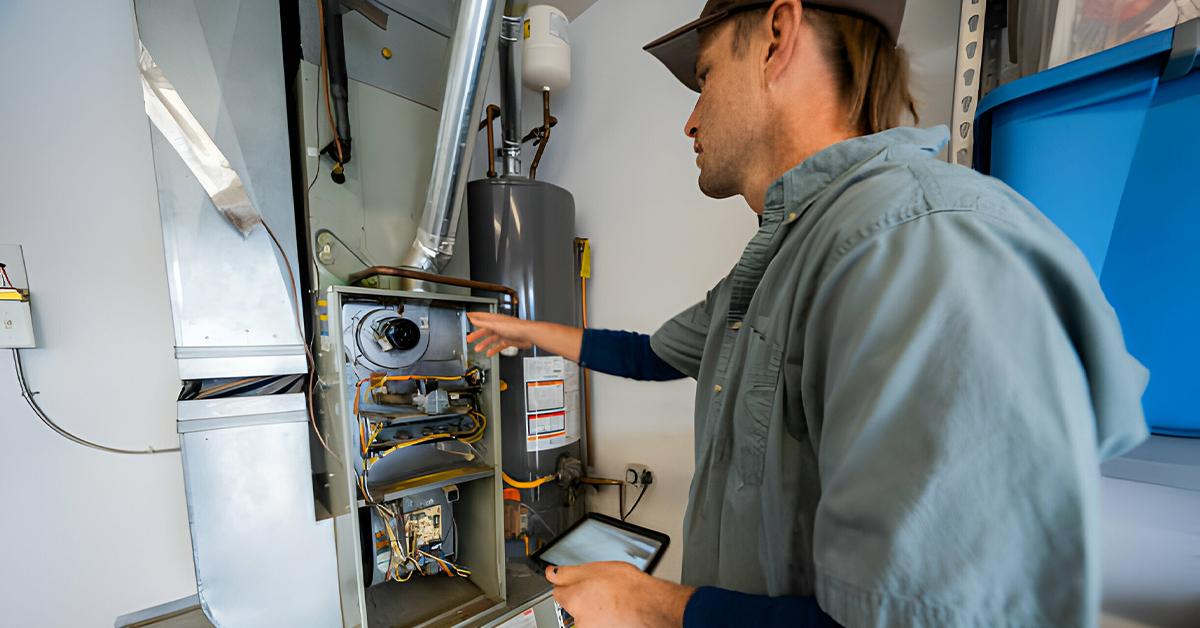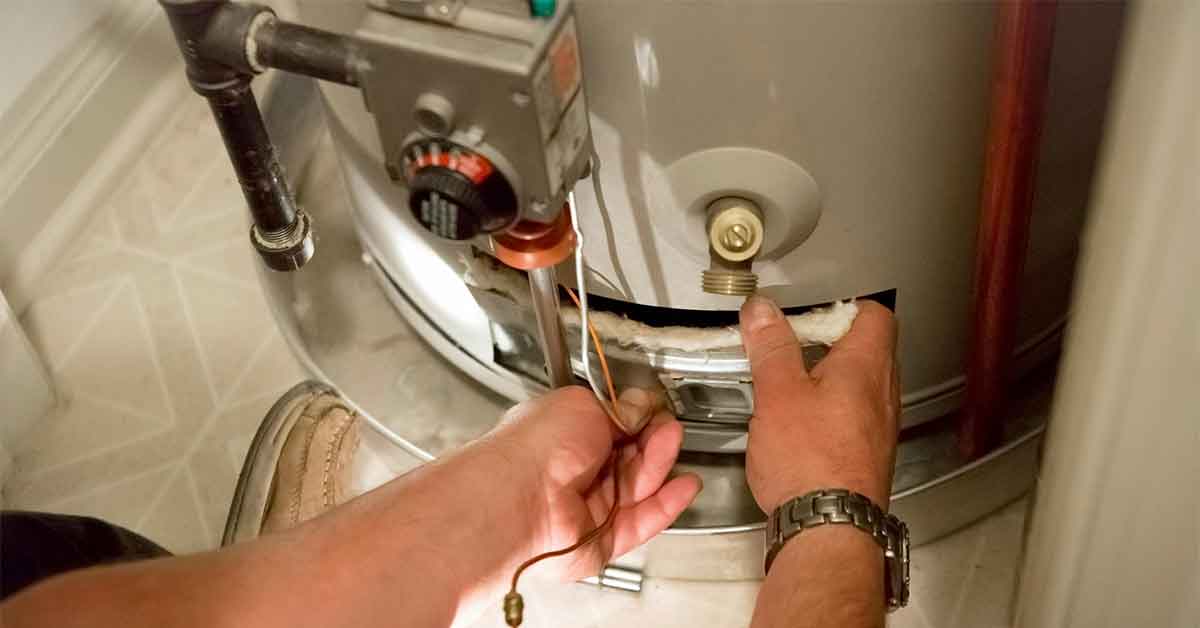Blog


Honeywell Thermostat Cool On Blinking How To Fix?
Welcome to the world of Honeywell thermostats, where a little blinking light can mean a lot. You might have encountered a situation where your Honeywell thermostat is flashing cool on or displaying a cool on blinking thermostat signal. This can be perplexing, especially if you’re not familiar with what these signals mean. Honeywell thermostats are known for their advanced features and efficiency, but understanding their language is key to maximizing their benefits.
What Does ‘Cool On’ Blinking Mean?
The blinking of cool on or thermostat blinking cool on is essentially your thermostat’s way of communicating a specific status. In most cases, this blinking is a normal part of the thermostat’s operation, indicating that the cooling system is in a delay mode to prevent short cycling. However, if the blinking persists, it might signal something that needs your attention.
Common Reasons for Honeywell Thermostat Blinking Cool On
- System Starting Up The Honeywell cool on blinking is often seen when the system is just starting up. It’s a brief pause to ensure the compressor doesn’t cycle too quickly, usually lasting no more than 5 minutes.
- System Maintenance Required If the cool on flashing on the thermostat continues beyond the typical delay, it could indicate a need for maintenance. This could be as simple as a filter change or as complex as an issue with the cooling system itself.
- Power Issues Power-related issues are a common culprit for a Honeywell thermostat blinking cool on. Whether it’s due to a tripped breaker, an electrical surge, or batteries that need replacing, power problems can cause various signals on your thermostat.
Read More:
Rinnai Tankless Water Heater: From Beeps to Error Codes
Troubleshooting Steps for a Blinking Cool On Signal
- Check the Power Source The first step in troubleshooting is to check whether your thermostat is getting proper power. Sometimes, a simple reset of the power source can clear up the cool on blinking on thermostat issue.
- Reset the Thermostat Many minor glitches can be resolved by resetting your thermostat. This can be a soft reset or, in some cases, a hard reset as specified in your Honeywell thermostat manual.
- Inspect the Air Filters A very common issue that can cause the Honeywell thermostat cool on flashing signal is dirty or clogged air filters. Regularly changing or cleaning your air filters can prevent this problem.
- Evaluate the Cooling System If you’ve tried the basic troubleshooting steps and the blinking persists, it’s time to take a closer look at your cooling system. It could be a problem with the compressor, the coolant levels, or other components of your HVAC system.
When to Contact a Professional
There are times when DIY solutions just won’t cut it. If your thermostat flashing cool on signal persists after you’ve gone through the basic troubleshooting steps, it may be time to call in a professional. This is especially true if you notice other signs of malfunction, such as unusual noises, reduced cooling efficiency, or if the system repeatedly trips your home’s circuit breaker.
Preventive Measures to Avoid Future Issues
Prevention is always better than cure, especially when it comes to maintaining your Honeywell thermostat and HVAC system. Regular maintenance, including seasonal checks and cleanings, can prevent a multitude of problems, including the dreaded blinking signal. Keep an eye on the system’s overall performance, and don’t hesitate to schedule regular professional check-ups.
Understanding Other Thermostat Signals
While our primary focus here has been on the cool on blinking, it’s essential to recognize that Honeywell thermostats communicate various other important signals. Each of these signals can offer valuable insights into the state of your HVAC system.
- ‘Heat On‘ Blinking Similar to the ‘cool on’ signal, a blinking ‘heat on’ light could indicate that the heating system is in a delay mode before starting. This is a normal feature in many thermostats to protect the heating system. However, if this signal persists, it could hint at issues like a malfunctioning furnace, power problems, or a need for system maintenance.
- Steady or Flashing ‘Emergency Heat’ On thermostats controlling systems with heat pumps, the ’emergency heat’ light is critical. If this light comes on and stays on, it indicates that the system has switched to emergency heat mode due to an issue with the heat pump. If it’s flashing, there might be a more serious malfunction.
- ‘Battery Low’ Indicator Modern thermostats often have a low battery indicator. It’s a straightforward signal but an important one. Ignoring it could lead to your thermostat losing power, resulting in loss of heating or cooling control.
- ‘Check System’ or ‘Service’ Indicator If your thermostat has a ‘check system’ or ‘service’ light and it illuminates, it’s a clear signal to get your HVAC system inspected. This could be due to a range of issues, from minor faults to major system malfunctions.
Understanding these signals and responding appropriately can significantly enhance the longevity and efficiency of your HVAC system. Regular maintenance, along with a keen eye on your thermostat’s signals, can help you avoid unexpected breakdowns and costly repairs.
Conclusion
Navigating the quirks and signals of your Honeywell thermostat is an integral part of maintaining a comfortable and efficient home environment. These signals are not just random lights or messages; they are part of a sophisticated system designed to keep you informed about the health and operation of your HVAC system and blinking and how to fix that.
Being aware of what different signals mean and how to respond to them can save you time, and money, and ensure that your home remains comfortable year-round. Remember, while many issues can be resolved with simple troubleshooting, some situations require professional expertise. Don’t hesitate to reach out to HVAC professionals when in doubt, especially when dealing with persistent or complex issues. Your thermostat is your window into the health of your heating and cooling system, and understanding its language is key to maintaining a healthy home environment.




